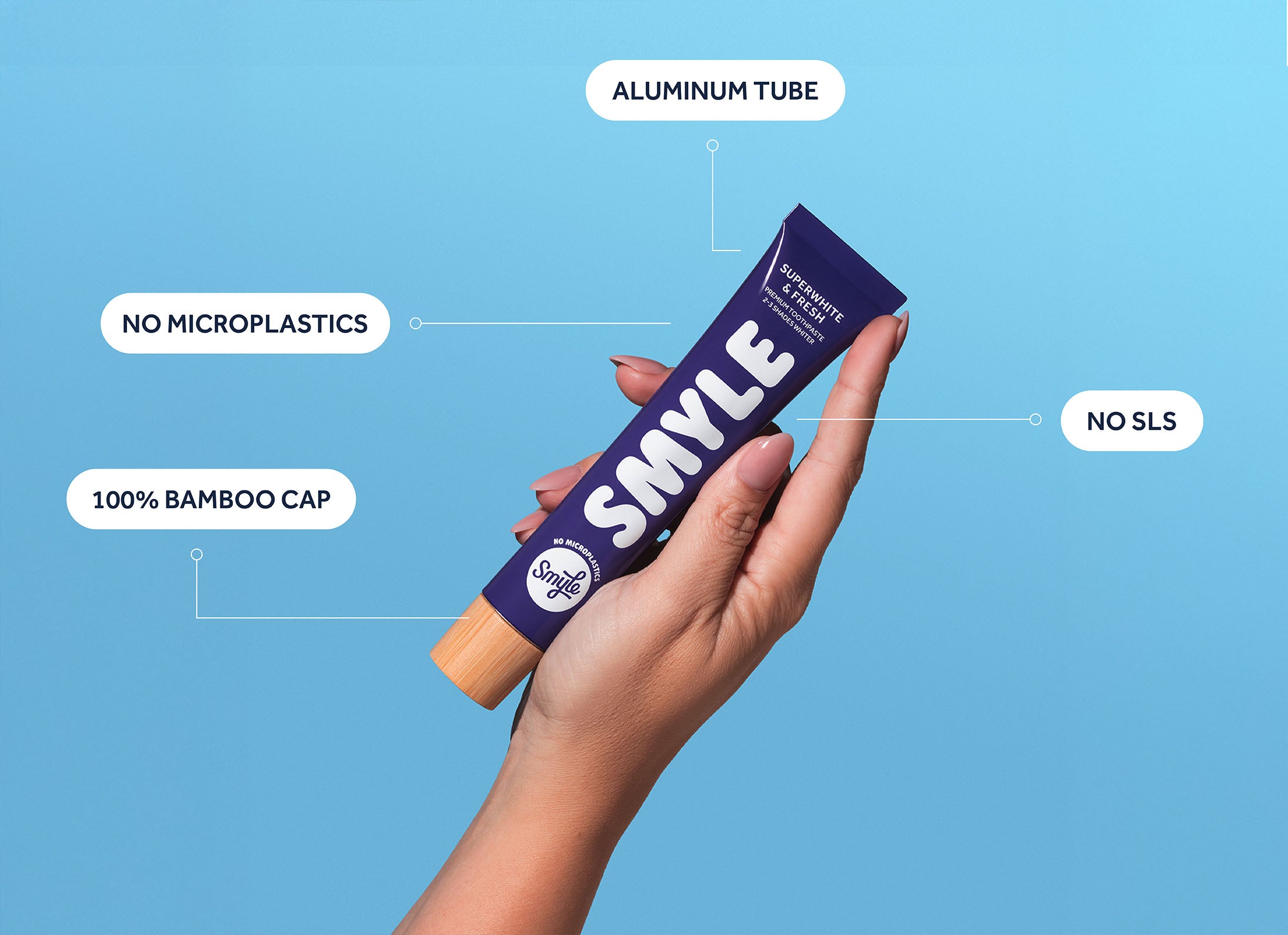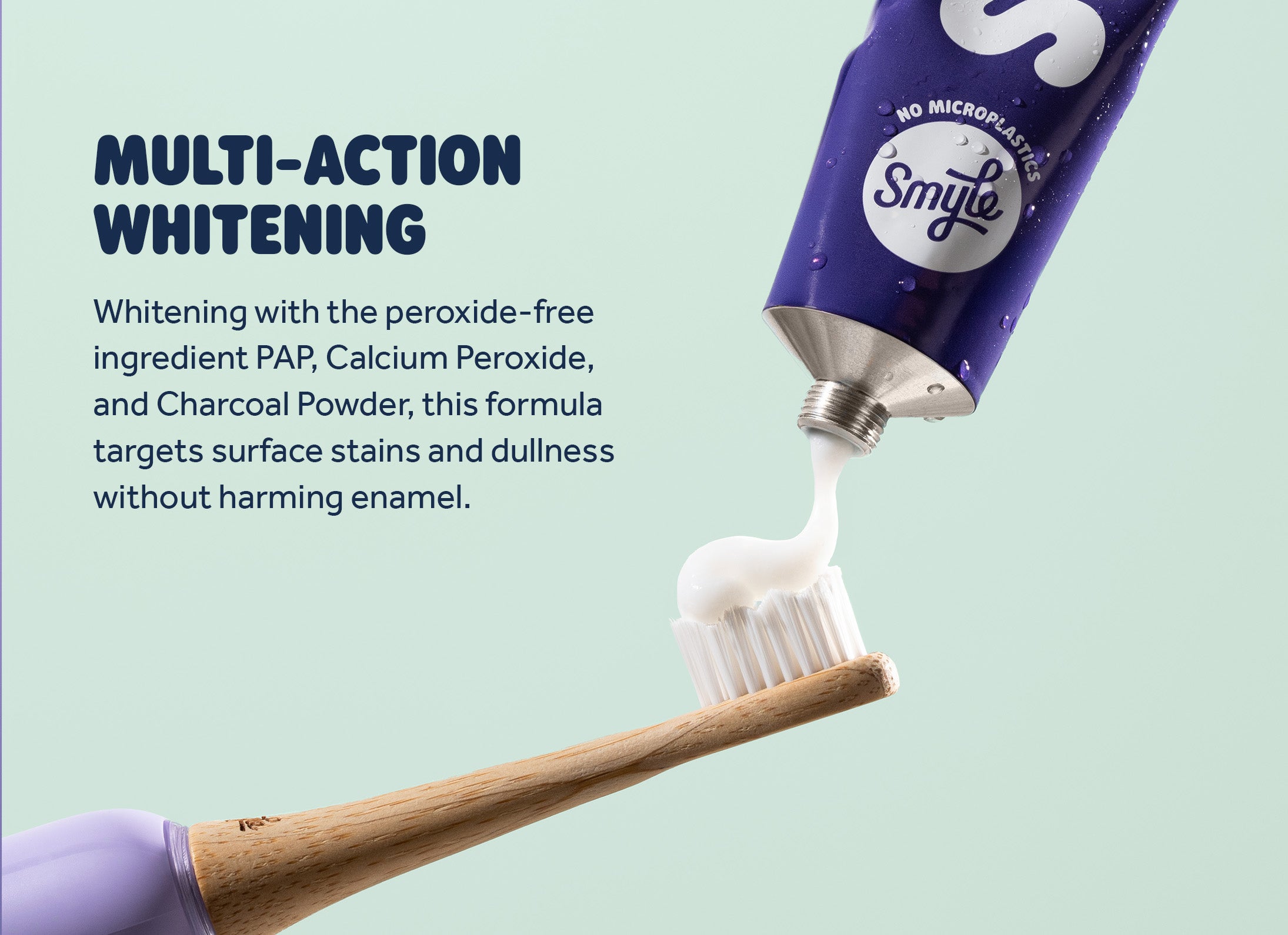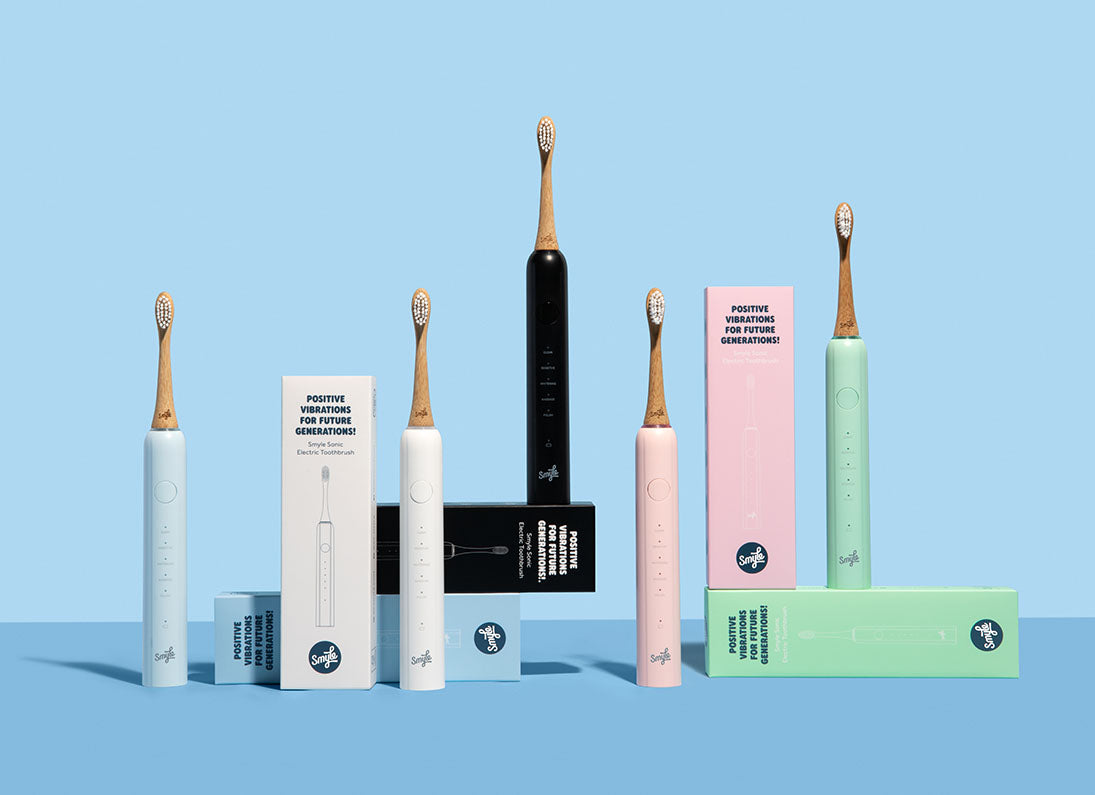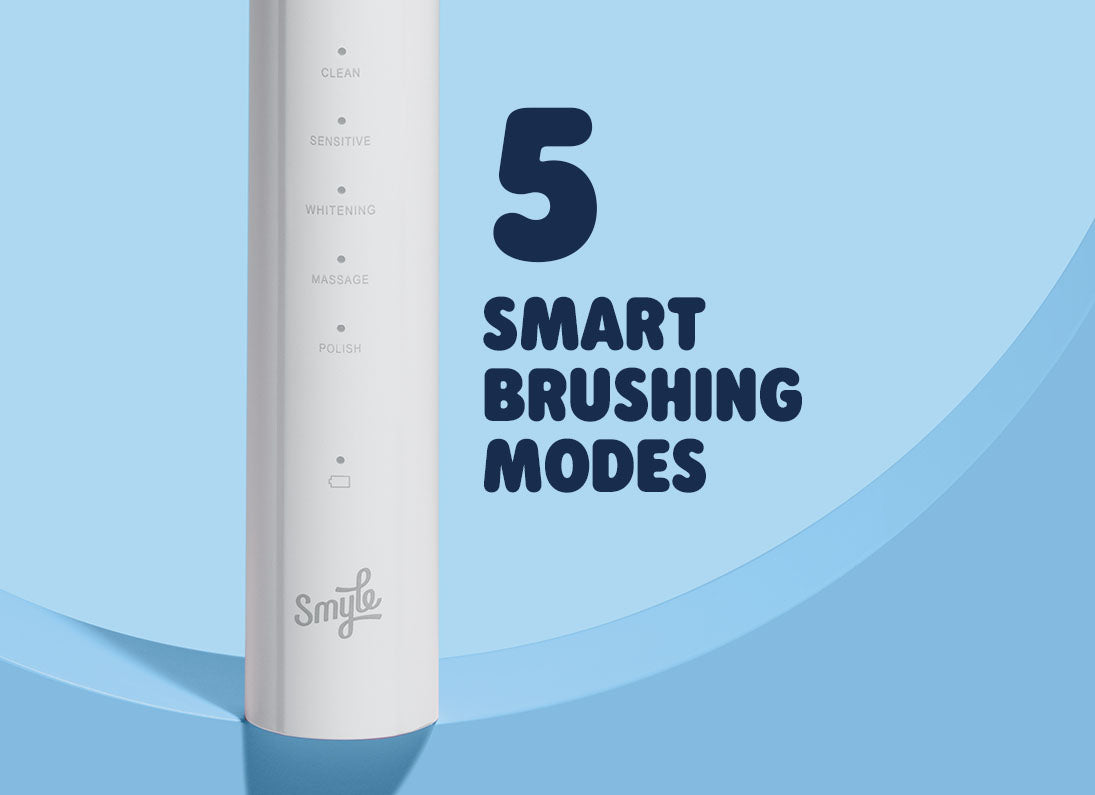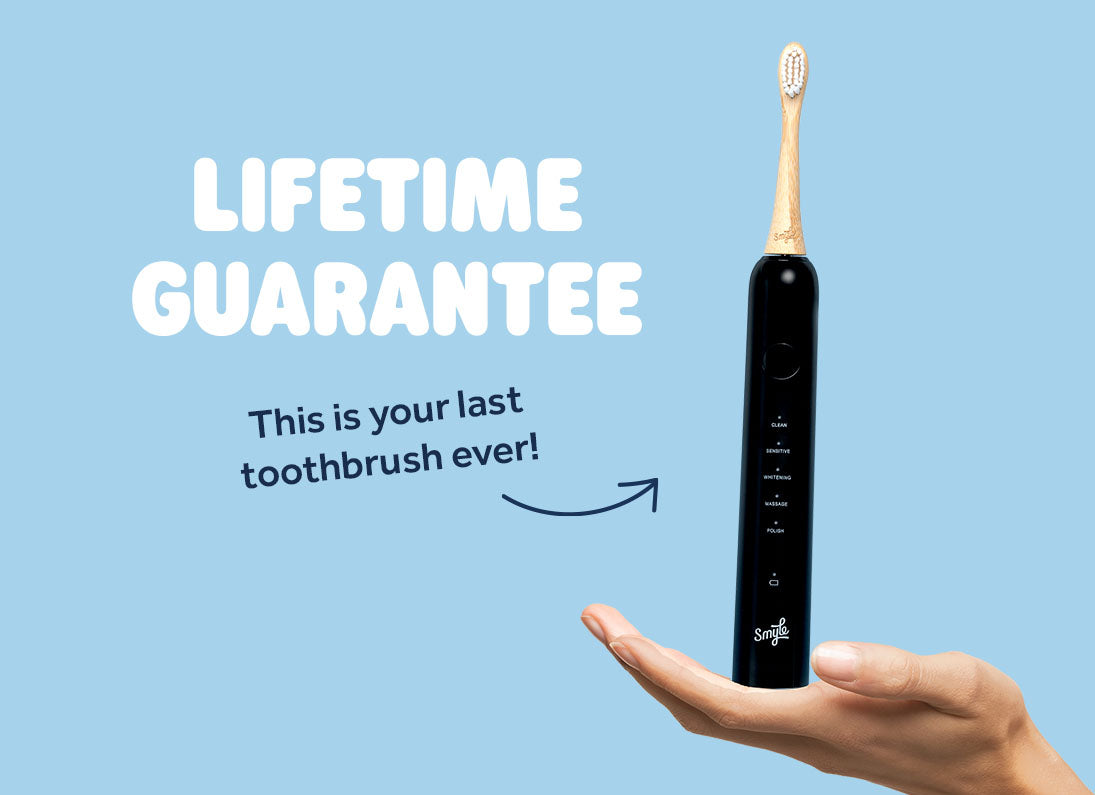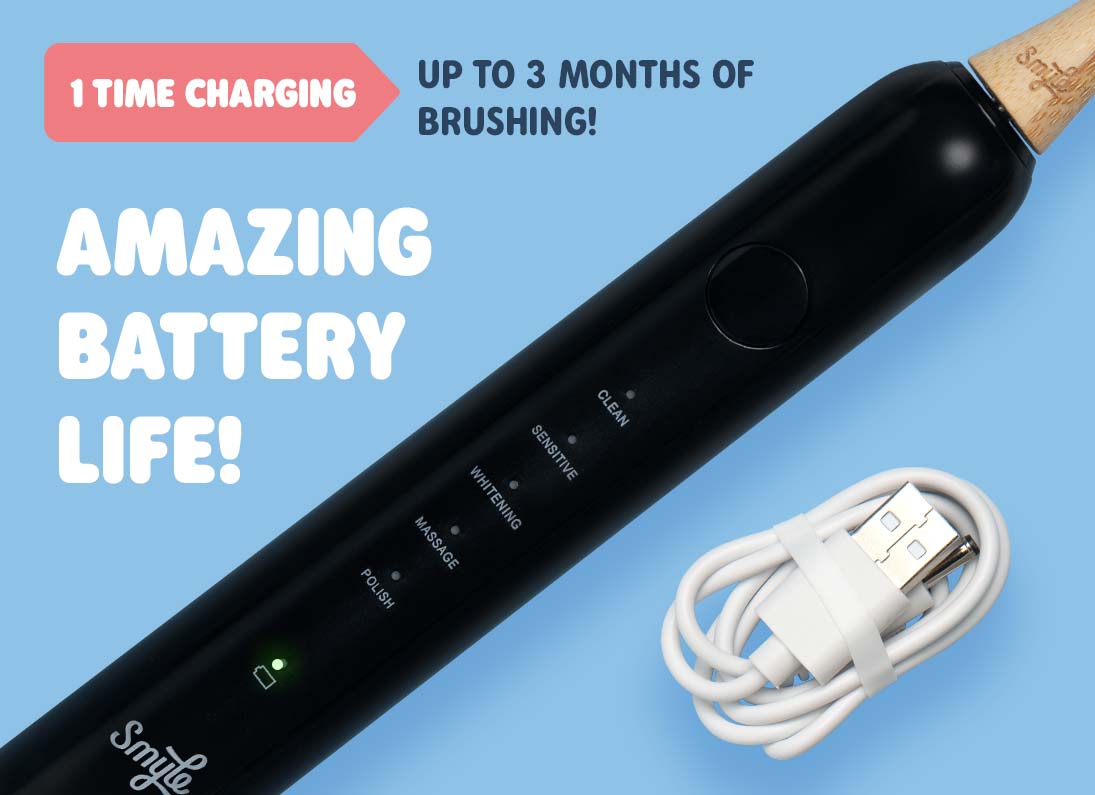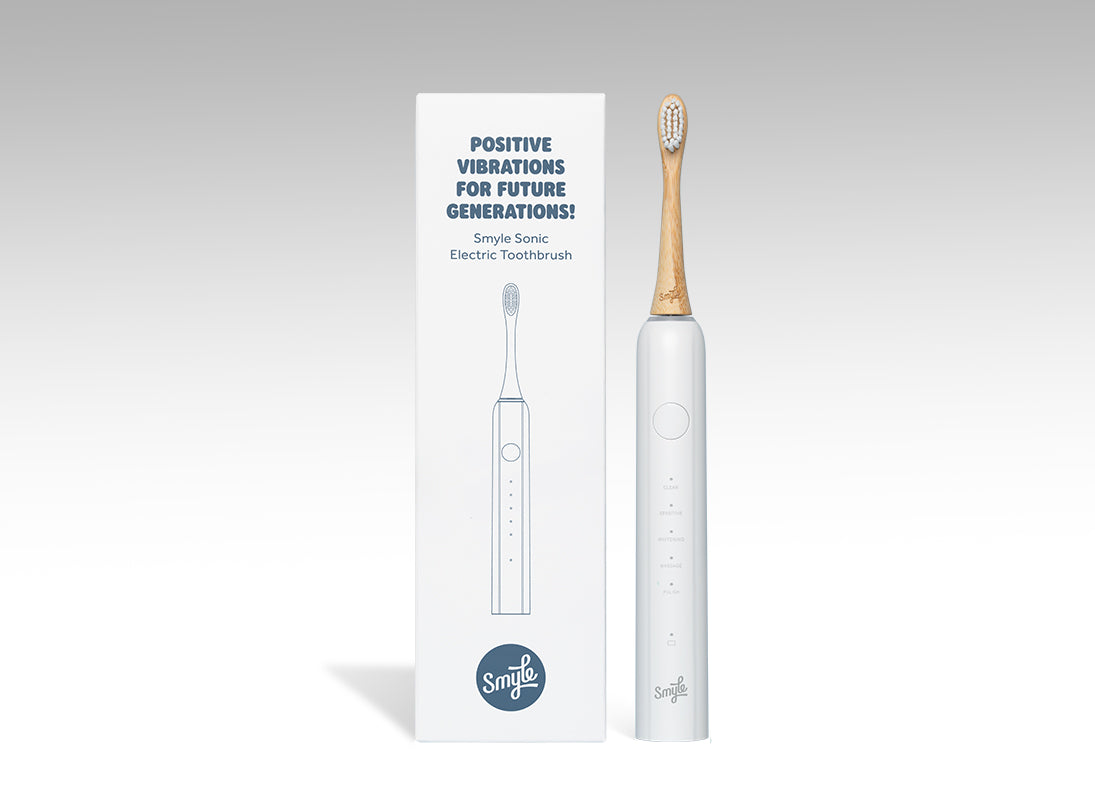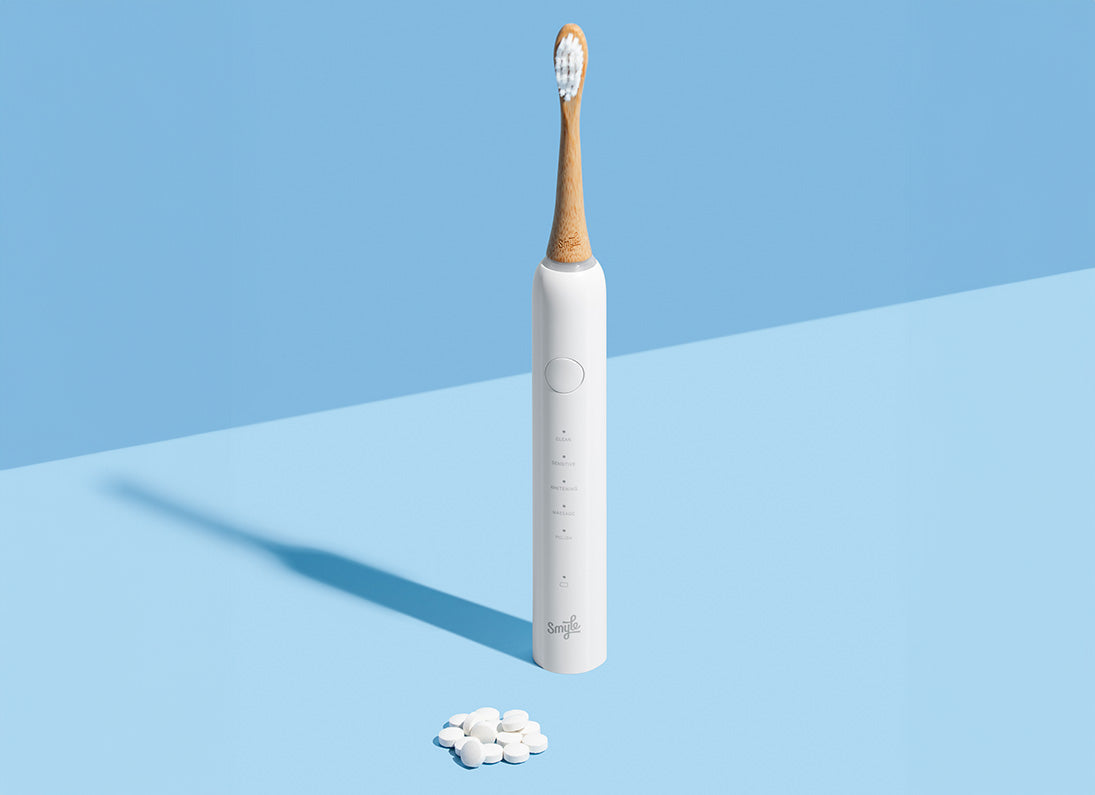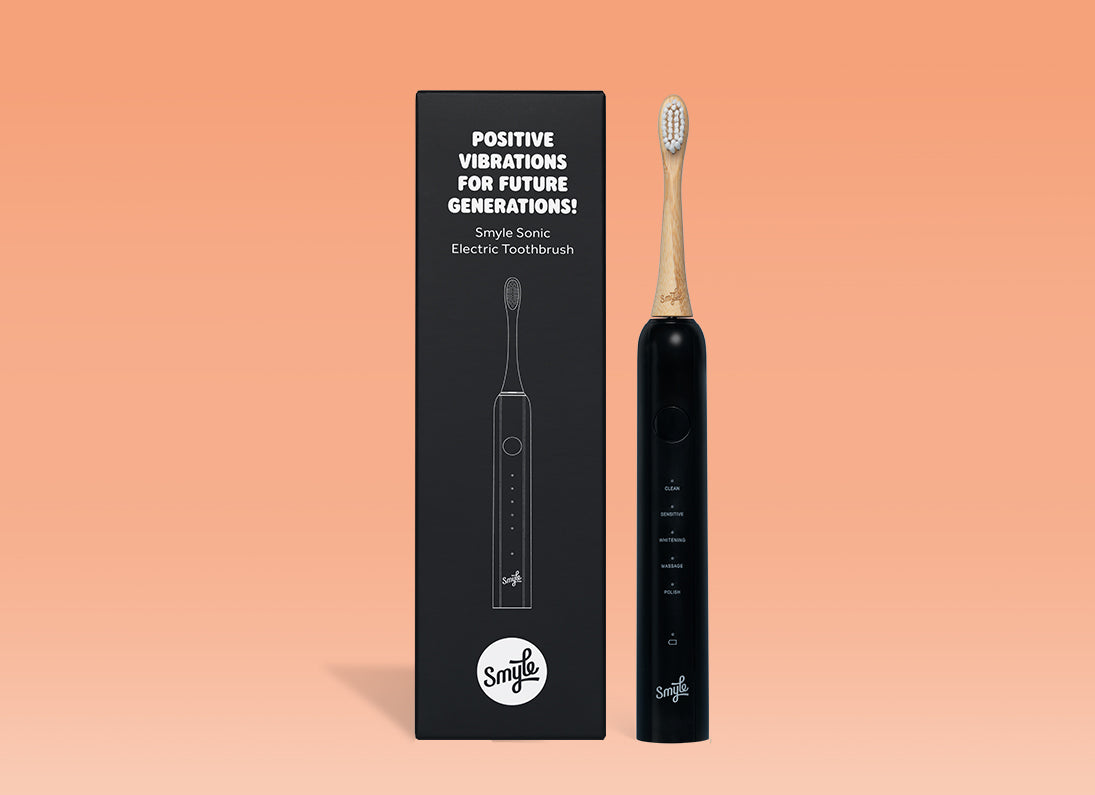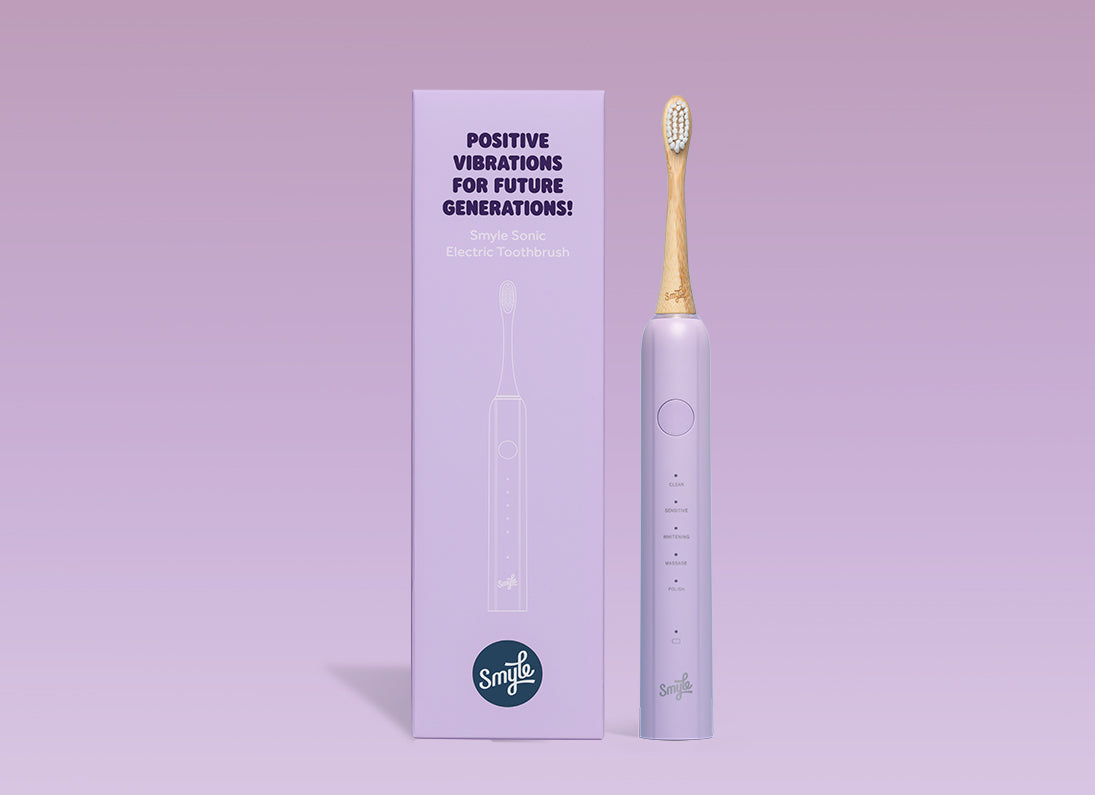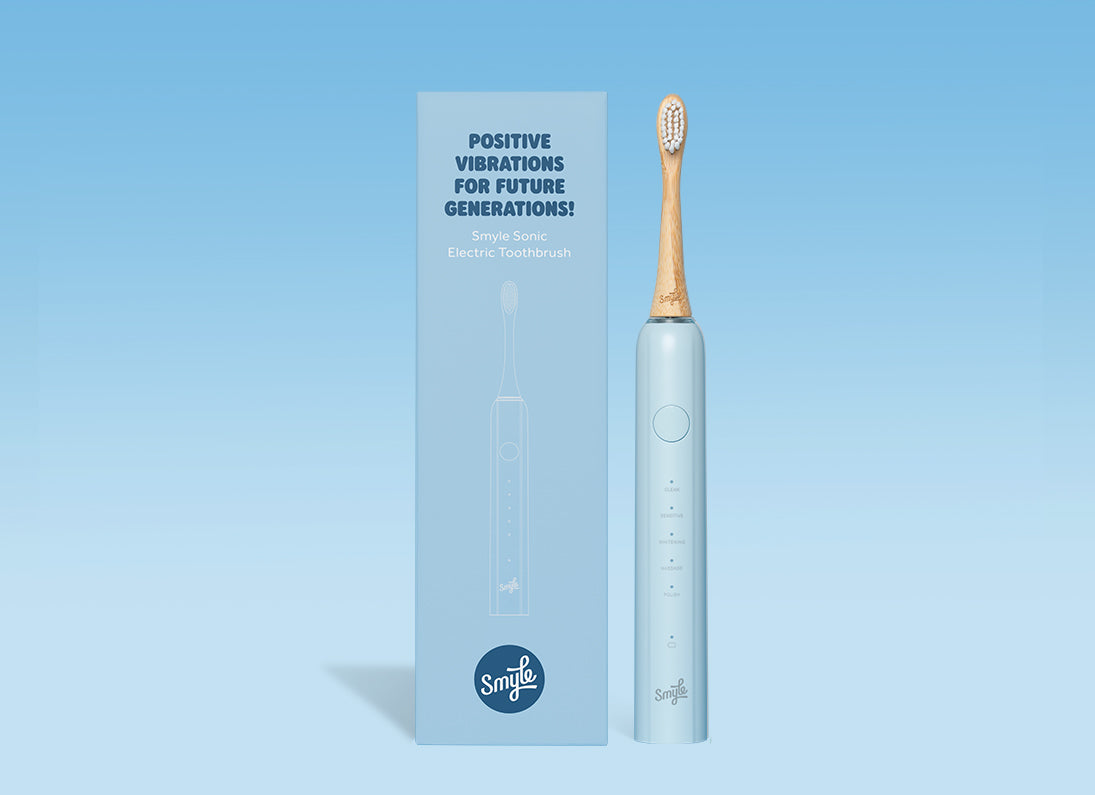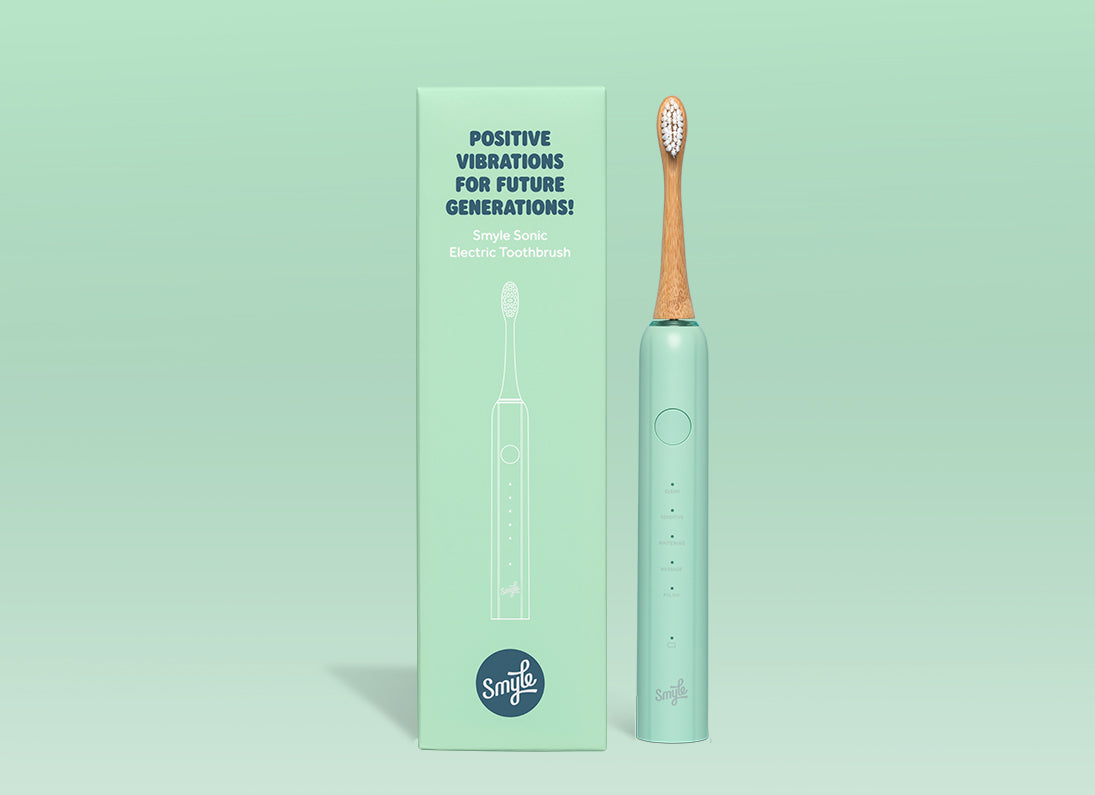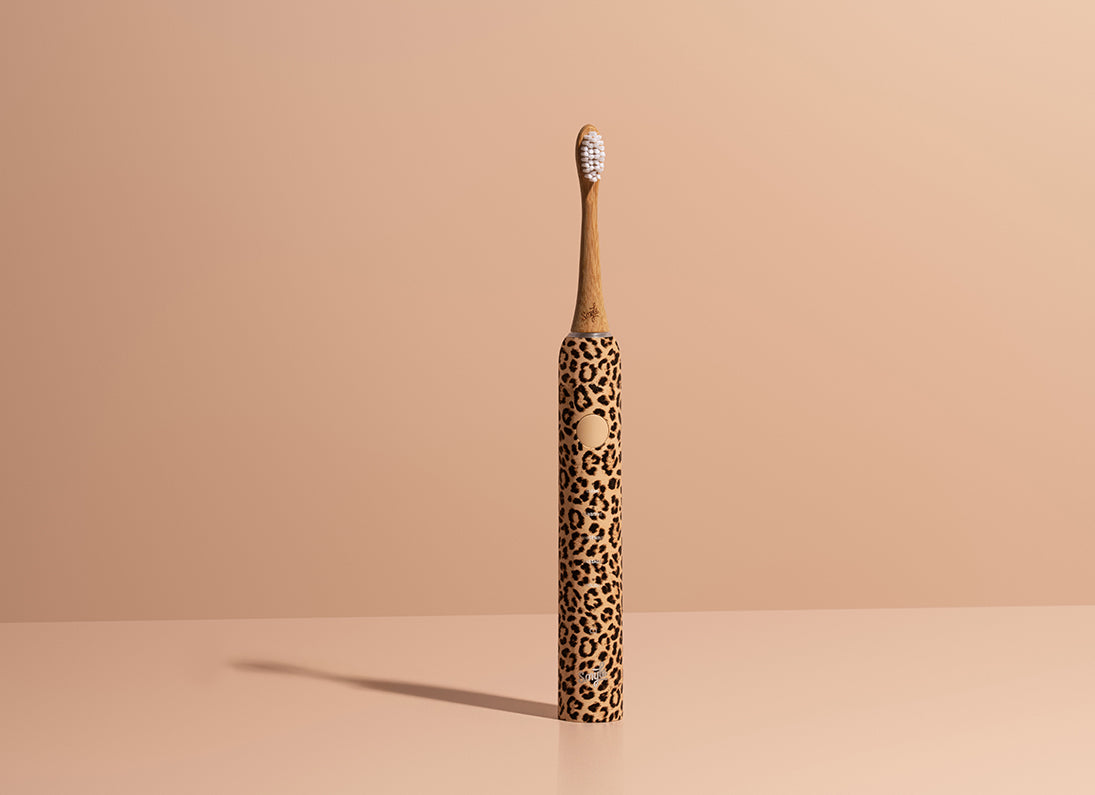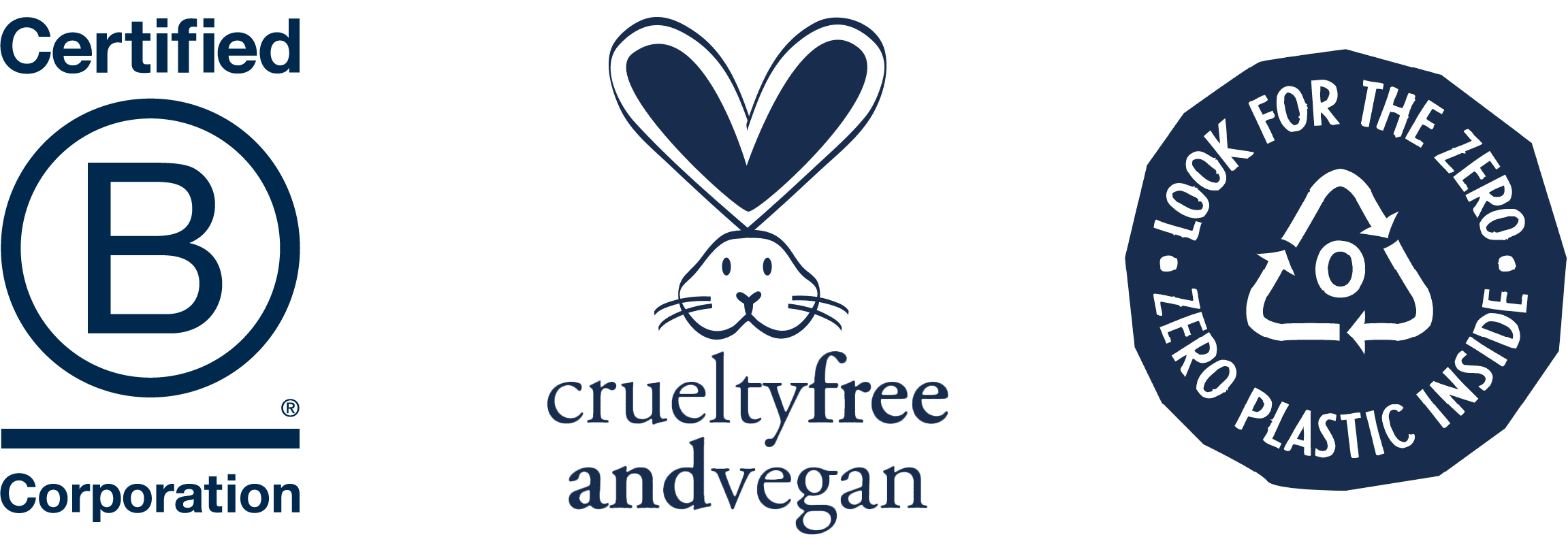
The pursuit of a perfect smile is something many of us share. For some, part of this journey involves wearing braces, an experience that, although often necessary, can sometimes be uncomfortable or even embarrassing. Fortunately, modern dentistry has brought us many innovations to make such processes faster, easier, and more user-friendly. One of these innovations is the plastic brace, a subtle and comfortable solution for dental correction. Normally, at Smyle, we're not fans of plastic, but in this case, we’ll dive into the world of plastic braces.
A plastic brace, also known as an invisible brace, is a custom-made, transparent aligner system designed to gradually align teeth and create an optimal smile. But how exactly does it work, and is it the right choice for you? Let’s take a closer look at this revolutionary technology.
When starting treatment with a plastic brace, an accurate scan of your mouth is taken to design a series of custom-made aligners. These aligners are worn one by one, usually for two weeks, before transitioning to the next aligner. Each aligner is designed to move your teeth a little bit at a time, ultimately positioning them in the desired alignment.
Plastic braces offer several advantages over traditional metal braces. They are almost invisible, making them a great option for adults and teens who are concerned about the aesthetic aspect of wearing braces. Additionally, they are removable, meaning you can take them out while eating and drinking, brushing your teeth, or for special occasions. This helps keep your teeth cleaner, and no more food gets stuck in your braces (I know how big of a struggle that can be).

Despite these advantages, plastic braces may not be the best solution for everyone. They are generally most effective for mild to moderate dental issues and may not be suitable for more complex cases. Additionally, they require a high level of discipline, as they must be worn for at least 20 to 22 hours a day to be effective.
It’s advisable to consult with your dentist, orthodontist, or a professional service provider to determine if plastic braces are the right choice for you. They can assess your specific situation and guide you in making the best decision for your dental health and lifestyle.
The Process of a Plastic Brace
The process of getting a plastic brace typically begins with a consultation with your dentist or orthodontist. During this visit, a thorough examination of your dental structure and jaw will be conducted, often including X-rays and digital scans. Based on this information, your dental professional will create a treatment plan, including the design of your personalized set of plastic aligners.
Wearing each aligner brings your teeth one step closer to their final goal. The process can vary in duration, depending on the specific needs of each patient, but generally, treatment is expected to last between 6 and 18 months.
The Cost of a Plastic Brace
The cost of a plastic brace can vary depending on several factors, such as the complexity of your dental correction, the number of aligners required, and the length of the treatment. It’s important to discuss the expected costs with your dentist or orthodontist before beginning the plastic brace process.
Conclusion
The plastic brace is an innovative solution that allows you to improve your smile with minimal disruption to your daily life. While it may not be the right choice for everyone, it can be an effective, comfortable, and nearly invisible way for many people to perfect their smile.
The smile of your dreams may be just a 'click' away. Ask your dentist or orthodontist about the possibilities of the plastic brace and find out if this innovative solution could be the key to a more confident and radiant smile.








